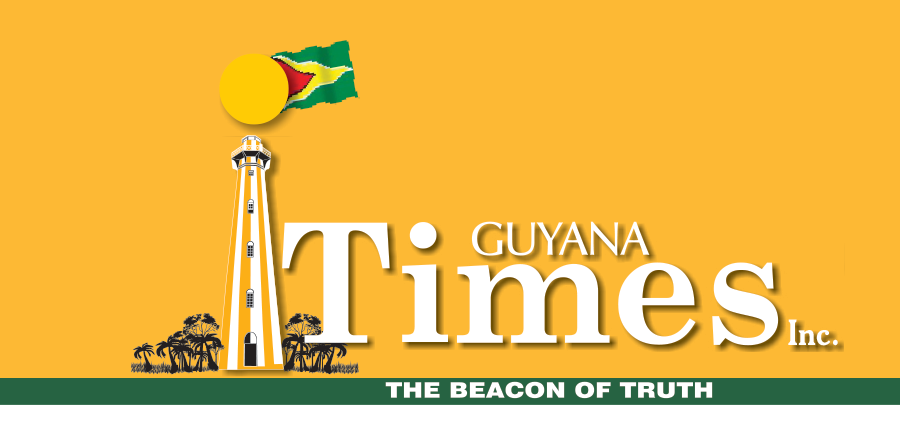I salute Eusi Kwayana for not only reaching a remarkable 100 years, but for retaining the formidable mind and intellect with which he has confronted the challenges posed to our society during that time. So much has already been written about him, that I would merely recap some personal recollections of, and engagements with, him.
Raised by my village Uitvlugt, though lingering on the periphery of the “big men” gaffing on the “line top” every evening after work and reading newspapers at the weekend barber-tents, I was offered a lens into the wider world.
Then called Sydney King, Eusi first came to my notice when he was expelled from the PNC for rejecting Burnham’s supporting independence under Jagan if the PPP were to win the 1961 elections. His African Society for Racial Equality (ASRE), founded the same year, then proposed that the country be partitioned into three ethnic enclaves if the major parties couldn’t agree to govern together. He earned great notoriety as the “partition man”.
I remember the heightened political tension surrounding the 1961 elections, with confrontations between PPP and PNC supporters. Eusi is believed to have launched political violence in Guyana, because he insists the murder of an African man in Berbice was political. I consider the arson and murders of Black Friday, Feb 16, 1962, in Georgetown to be that watershed. Starting in my native West Coast Demerara in 1964, we descended into countrywide ethnic violence when the PPP desperately attempted to stave off their ouster from office. Coastal villages, including mine,were ethnically cleansed, and King was tagged as the dreaded figure from Buxton who was behind the East Coast Demerara violence.
I have a recollection of him fasting in front of some official GT building in protest of a newspaper account.
He launched the African Society for Cultural Relations with Independent Africa (ASCRIA) in 1964, and adopted the name Eusi Kwayana – “Black Man of Guyana”. I remember his cultural transformation raising eyebrows in my mixed village. He accompanied Burnham on a tour of Africa, and was given several positions, centred on fulfilling one of the goals of ASCRIA, to empower African Guyanese.
My next encounter, even though I still didn’t actually meet him, was in early May 1970, when, as a student writing GCE A levels in GT, I attended a talk by Black Power exponent Kwame Ture (formerly Stokley Carmichael).
Stokley’s explication of “Black Power” in 1966, just after we received independence, combined MLK’s social and economic demands of US blacks with Malcolm X’s more militant strategy and African cultural pride.
Rodney’s “groundings” on Black Power in the Jamaican gullies precipitated his 1968 banning and subsequent riots there. Protests here brought the term even into our high schools. The Region was all agog after there had been an attempted army/Black Power coup against Eric Williams, and Ture was denied entry in his TT homeland.
He was invited by RATOON and ASCRIA, in early May 1970, to a seminar on Pan Africanism and Black Revolutionary Nationalism, where Burnham astutely moved to preempt similar Black Power uprisings here by supporting the visit. A group of us walked out from Ture’s talk at Queen’s College when he extolled the use of violence and insisted that Indian Guyanese should organize separately. RATOON and the Movement against Oppression (MAO), in which Drs Clive Thomas and Josh Ramsammy from UG were involved, publicly disagreed with Ture, but not ASCRIA, Kwayana and Burnham.
A small group of Indian sixth-formers started an “Organization for the Protection of Indian Culture” (OPIC), and I contacted Moses Bhagwan on its behalf. He told me, however, that notwithstanding its name, Indian Political Revolutionary Associates (IPRA), his new activism outside the PPP was not culturally “Indian centric”.
Our group fizzled as we got caught up with survival after high school. I was teaching at Central High School in October 1971 when an attempted assassination of Josh Ramsammy created widespread denunciation of the PNC government, which was presumed to be behind it. I remember Kwayana carefully parsed ASCRIA’s reaction against “political leaders on both sides who directed or permitted gun terror…”
By the time Kwayana broke with Burnham in 1973 – because he said the latter had allowed the Indian and Portuguese bourgeoisie to take over the party – and moved towards multiracial politics by joining up with IPRA, I had left for studies in the USA in 1972.
On the multicultural front, he would later tell me he wished Jagan were “more Indian” and that Burnham “wanted to be White”. Quo vadis.
Discover more from Guyana Times
Subscribe to get the latest posts sent to your email.













